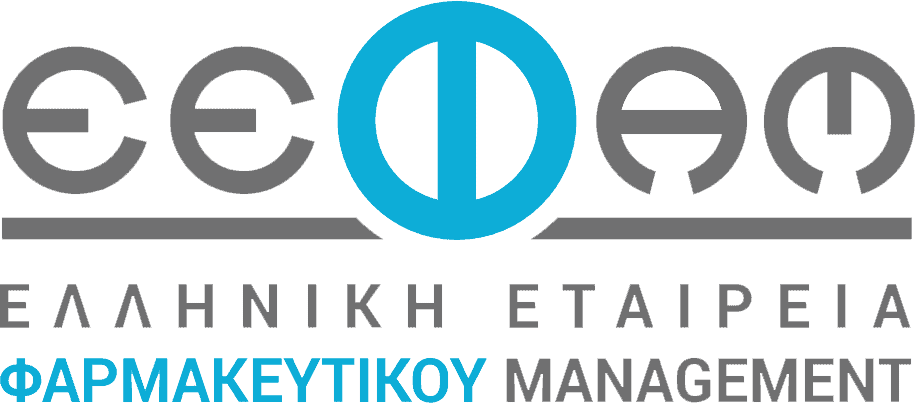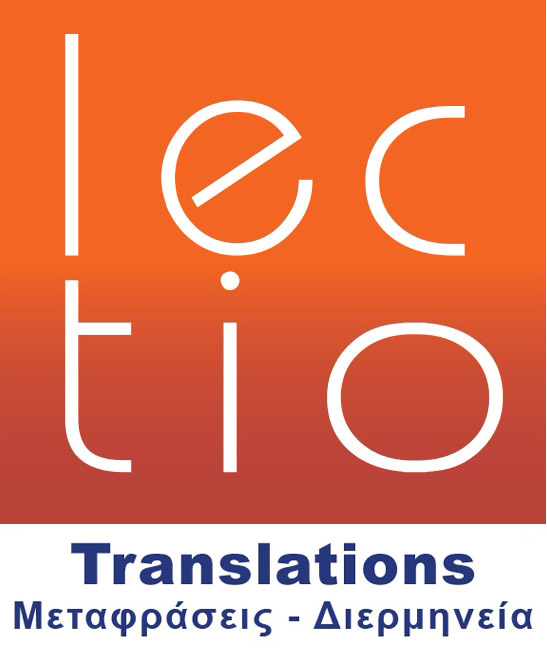Blog
Blog
Years after the first US biosim launches, doctors still have their concerns: survey

AbbVie’s mega-blockbuster Humira is finally subject to biosimilar competition in the United States. With the launch last month of Amgen’s Amjevita—to be followed later this year by other Humira biosimilars entering the market—patients finally have access to lower-cost alternatives to the immunology blockbuster.
But there are key players who are not on board with biosimilars. And their reticence could hinder the uptake of these lower-cost knockoffs.
For example, a study last month showed (PDF) that pharmacy benefit managers are increasingly blocking and delaying coverage of new generics and biosimilars in favor of higher-priced brand drugs with high rebates.
Another stumbling block could be doctors. A recent survey of 1,200 doctors on Sermo—a social media network for physicians—found (PDF) that 77% do not favor the ability of pharmacists to freely switch patients from reference products to biosimilars. They want patients to be given exactly what they prescribe.
“When new drugs first come out, they’re usually created by major companies we know that have produced other drugs we regularly use,” Guy Jones, M.D., medical director of Oncology Nevada, said in an interview. “These must first go through rigorous clinical trials and you can trust the process.”
Conversely, many biosimilars are made by companies Jones said he’s “never heard of.”
Biosimilars are tougher to manufacture than small molecule generics, presenting a higher barrier to entry for players in the space. And even when biosims overcome manufacturing and patent challenges to reach the commercial marketplace, they often face an uncertain uptake trajectory.
The Sermo survey results come more than 7 years after Sandoz launched Zarxio, the first U.S. biosimilar, way back in 2015.
Interchangeable limitations
In the U.S., when a biosimilar is shown through a switching study to have comparable efficacy and safety to a reference product, it is classified as “interchangeable.” As such, it can be swapped out by a pharmacist for the original medicine.
But while the interchangeable designation is valuable, many manufacturers of biosimilars are not willing to undergo the time consuming and expensive studies that are required to gain the status.
In Europe, where uptake has been more successful, once a biosimilar is approved, it is considered interchangeable. There are no switching studies.
When asked in the Sermo study whether regulatory agencies should do away with switching studies and deem all U.S. biosimilars interchangeable, 48% of doctors said they were unsure.
Similarly, when asked about the key factor in prescribing a biosimilar, 48% of doctors cited comparable efficacy data—as proven through a switching study. Meanwhile, only 19% of those surveyed said financial savings to the patient was an important factor.
Doctors’ views on biosimilars haven’t changed much over the last few years. A 2019 Taylor & Francis survey of 297 rheumatologists, gastroenterologists and dermatologists found that 84% did not want stable patients to undergo a non-medical switch to a biosimilar. In that study, many physicians anticipated a negative impact on patient mental health, treatment efficacy and safety.
Πηγή: fiercepharma.com





